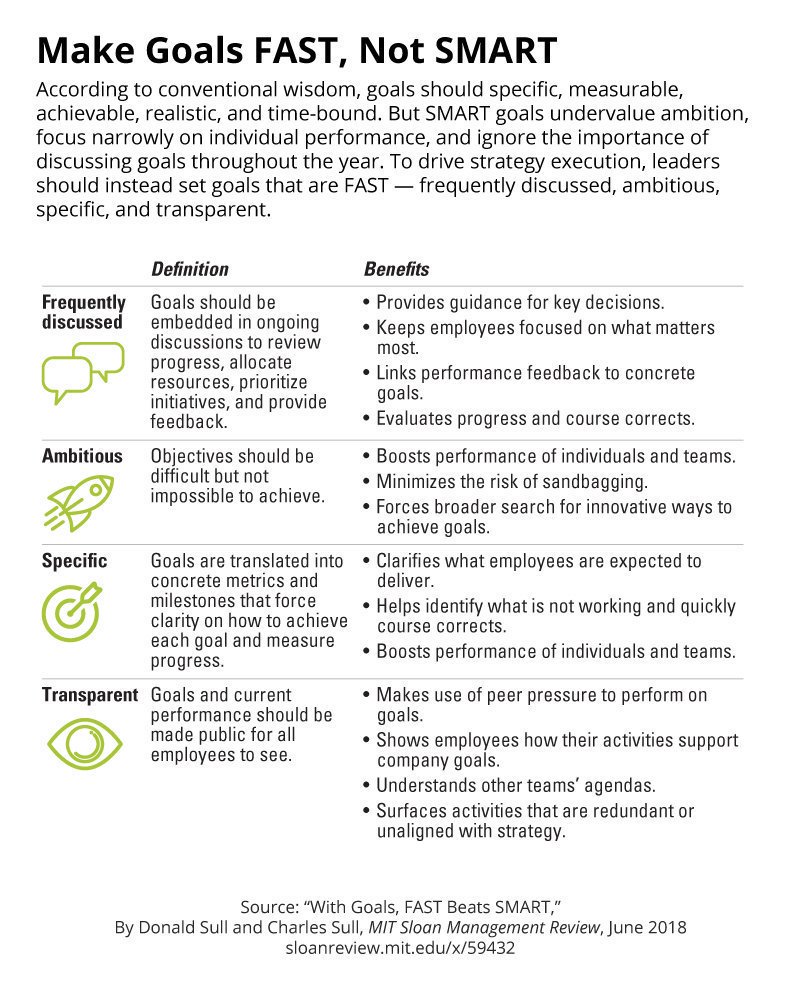"what should organizations do when a promising innovative process fails to live up to expectations or a once-fresh innovation languishes over the years and eventually loses its effectiveness?A solution is reimplementation: rethinking an innovative process within an organization’s context, making the necessary changes, and then reintroducing it....Reimplementation is an inherently vulnerable process. Leaders must be willing to expose problems and confront failures. Staff may resist reimplementation, not wanting to change something with which they are familiar and consider good enough."...The success of process innovations can fade over time. Consequently, it is crucial for organizations to periodically check them so they can identify declines in performance early. Once leaders uncover such a deterioration, they should determine the cause instead of immediately trying to force people to “get with the program.” With this knowledge, they can then redesign and reimplement the process and enable it to once again to deliver on its promise."
Há um tempo em que um processo e a realidade estão razoavelmente alinhados. No entanto, como o contexto está sempre em evolução, a entropia a crescer, as pessoas a entrar e a sair, novas tecnologias surgem, novas exigências de clientes e tudo se conjuga numa amálgama que começa a desalinhar processo e realidade em termos de execução e/ou eficácia. Em algumas empresas só se olha para os resultados financeiros e não se consegue, ou não se faz o drill down para chegar às causas raiz. Por isso, o desalinhamento vai aumentando e aquilo que era uma ranhura transforma-se num desfiladeiro, num canyon.
Quanto mais tempo se demora a actuar, maior terá de ser a dimensão da acção.
Trechos retirados de "How to Salvage a Useful Process That Isn't Working Anymore"
















%2006.21.jpeg)












